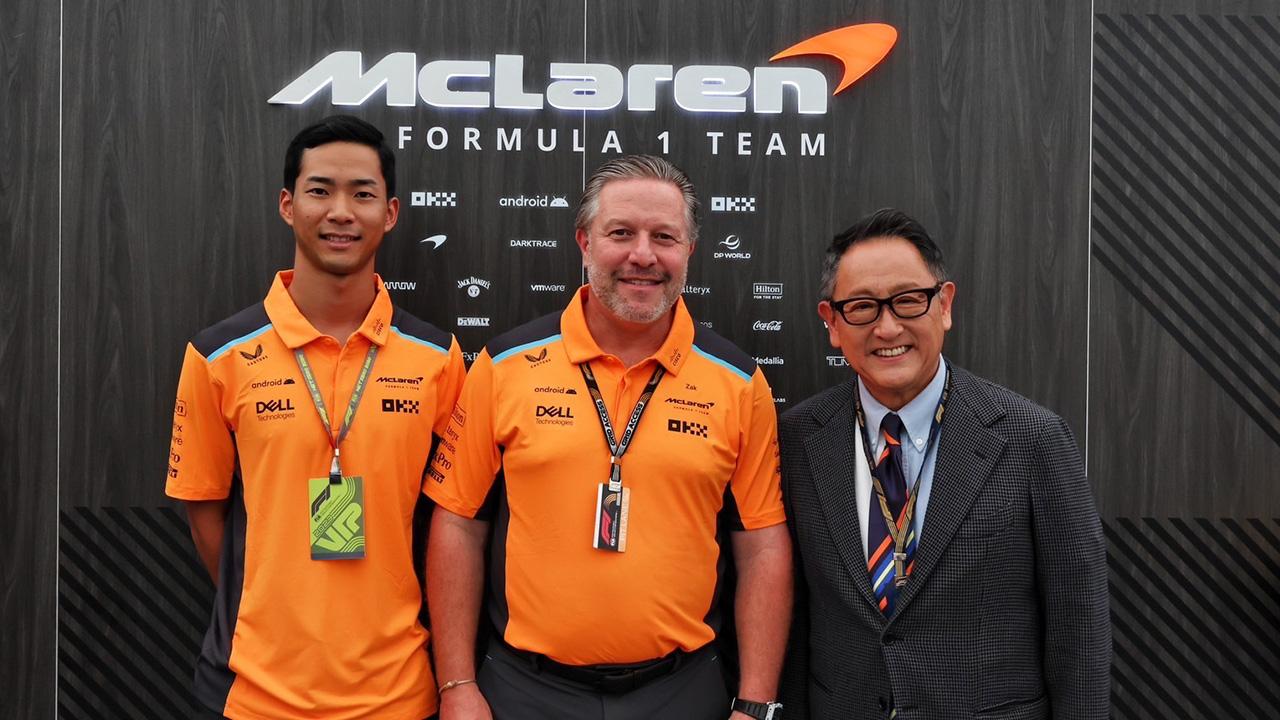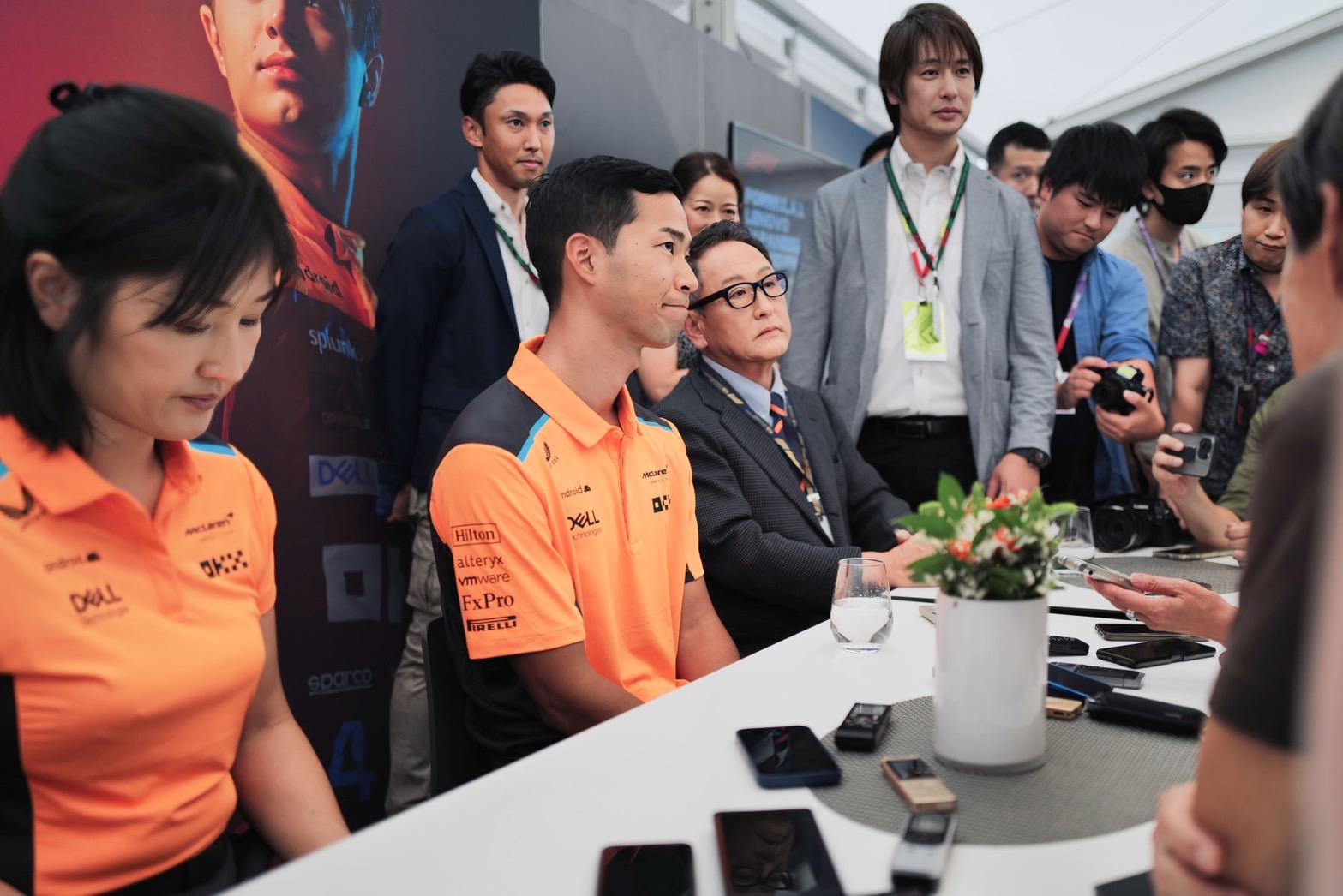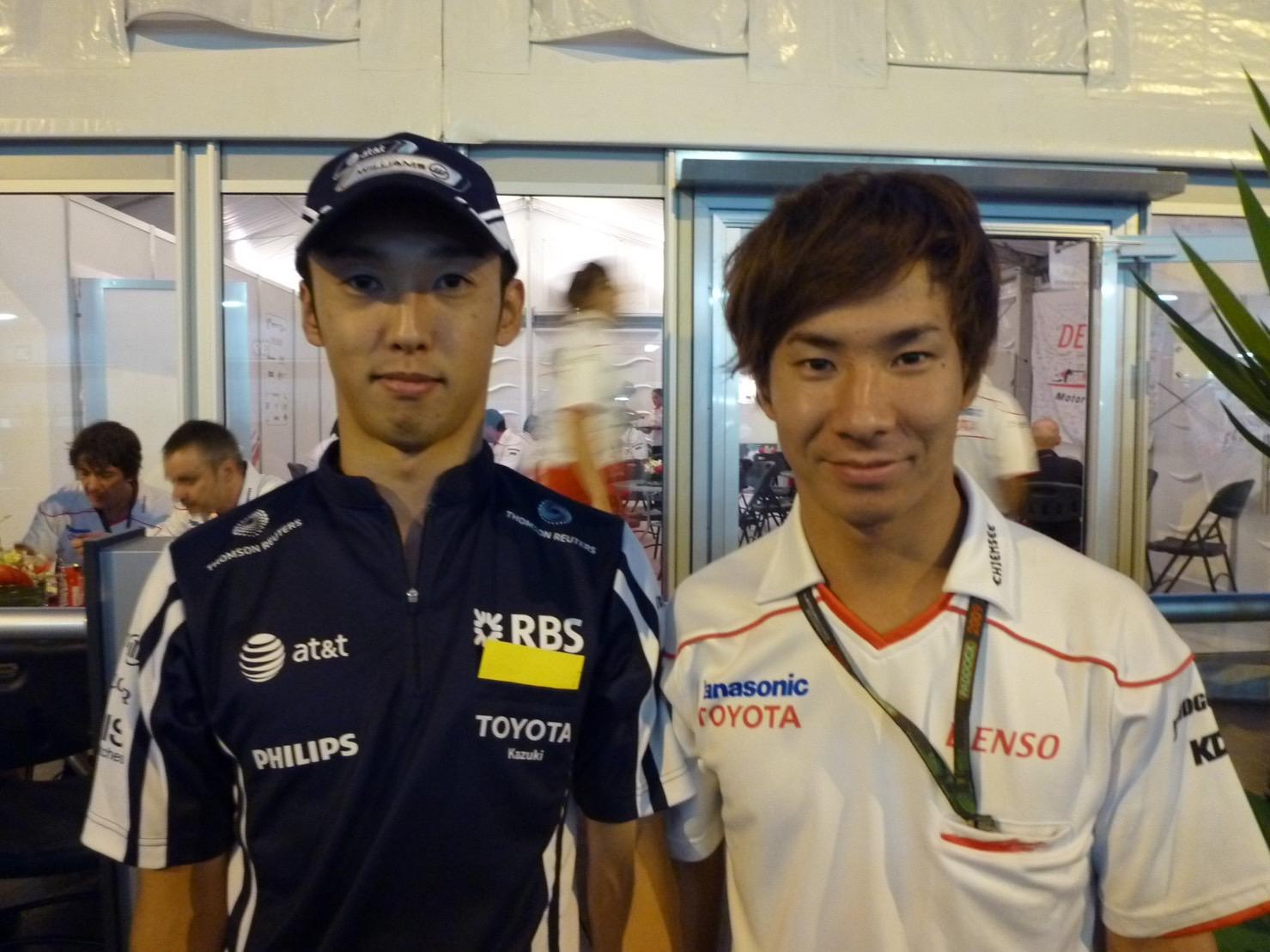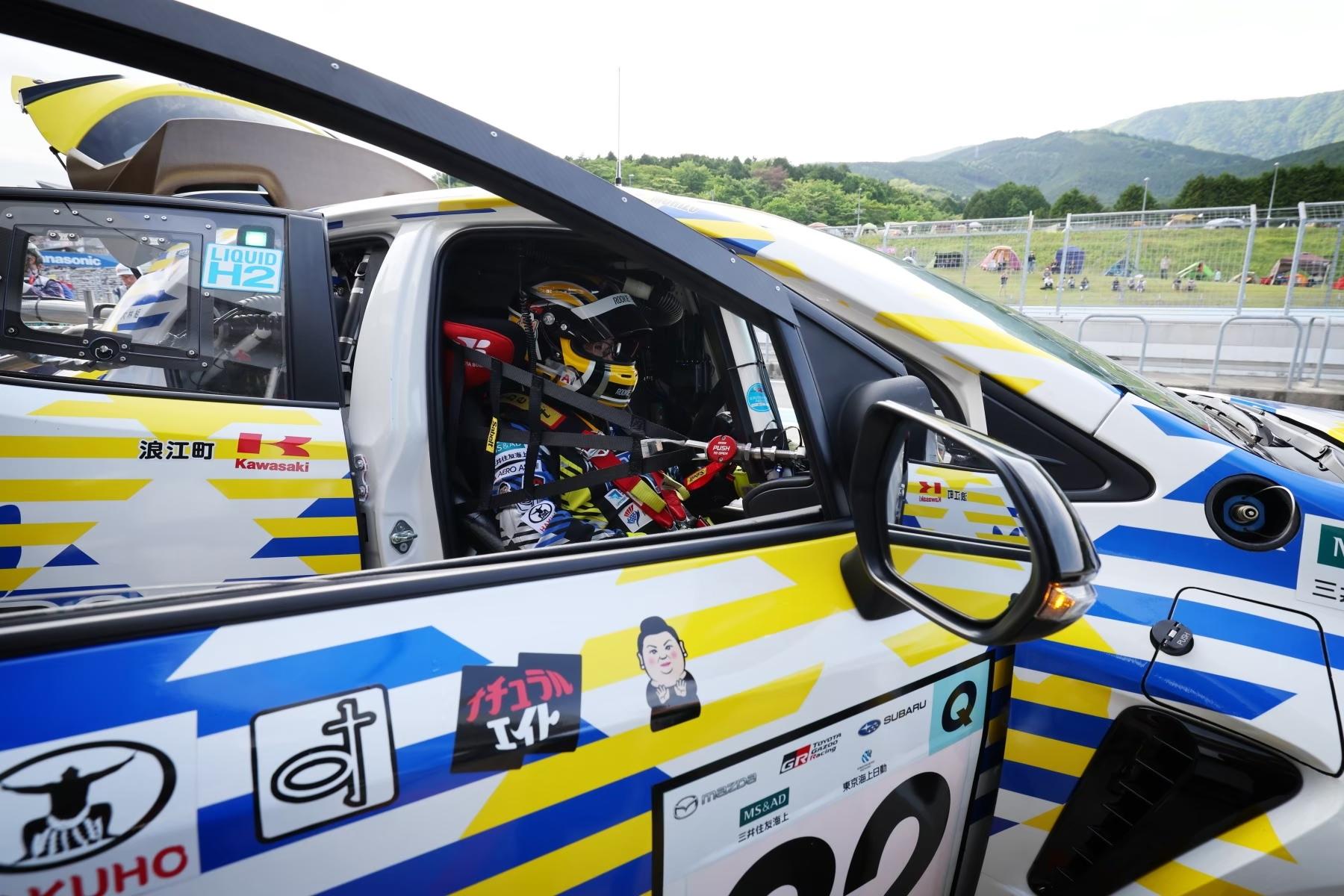
Even fans assumed that Toyota drivers had no shot at F1, until a recent announcement squashed any such concerns. What were Akio's thoughts?

“I was stunned. That’s all I can say right now,” was the first thing out of the interviewer’s mouth in his conversation with Akio Toyoda at Suzuka Circuit, the Formula 1 Japanese Grand Prix venue, on Saturday, September 23.
“First of all, I’m surprised to see Morizo here at Suzuka Circuit for the F1,” continued that same startled interviewer. “Since you made the announcement as Morizo rather than Akio Toyoda, I sensed you were approaching this from a driver’s perspective.”

McLaren’s press release
The previous day, the McLaren Formula 1 Team had issued a press release announcing that Japanese driver Ryo Hirakawa (29), last year’s World Endurance Championship (WEC) champion and Le Mans 24 Hours winner, was signing on as a reserve driver*.
*A stand-in for one of the two regular drivers if they are unable to race. As such, reserve drivers train to ensure familiarity with the cars.
Ryo Hirakawa took up kart racing in 2007 at the age of 13, and joined Toyota’s racing school at 15. Three years later, he won the Japanese Formula 3 Championship and began competing in Super Formula, the pinnacle of racing in the country, the following year.
From there to his current spot in the World Endurance Championship, Hirakawa has spent his entire driving career with Toyota-affiliated teams. He is, in other words, a driver developed by Toyota.
Toyota drivers, Honda drivers
Currently, Yuki Tsunoda is the only Japanese driver competing in Formula 1, the fastest circuit racing category.
Tsunoda is a graduate of Honda’s driver development program. Given the company’s participation in Formula 1 as an engine supplier, an F1 seat also lies within sight for drivers on Honda’s development routes.
Toyota previously competed in F1 as well, with drivers such as Kazuki Nakajima and Kamui Kobayashi once aiming for this top category. Nakajima raced with a Toyota-engine F1 team in 2008 and 2009, while Kobayashi ran just two races for Toyota’s team in 2009.

But then, three days after the 2009 season’s final round, Toyota held a press conference to announce its withdrawal from F1. The decision, and the announcement, were made by then-President Akio Toyoda, within half a year of his appointment to the top job in June 2009.
Although Kazuki Nakajima and Kamui Kobayashi were then still in their 20s with bright prospects ahead, President Toyoda’s decision slammed the door on that future.
What motorsport means to Akio Toyoda
At the 2009 press conference announcing Toyota’s withdrawal from F1, Akio made the following statement:
Akio (then president)
While I had input from the board of directors, ultimately, I was the one who decided to withdraw. Racing is a wonderful platform for developing both cars and people, and our withdrawal from F1 is also regrettable from this perspective of cultivating a car culture, which we want to make up for with our product output.
Since embarking on the hydrogen engine challenge, Akio has often spoken of “making ever-better cars through motorsports,” echoing those same sentiments from 14 years earlier.
In fact, while Toyota may have pulled out of F1 due to a worsening economic climate, the company did not leave motorsports entirely. To compensate for the move with product output, Akio positioned motorsport as an “activity that contributes to more appealing production cars,” and Toyota continued racing in the years to come.
To recapture the skills needed to build sports cars, the company continued to tackle the 24 Hours of Nürburgring, while competing in the World Endurance Championship to improve its hybrid technologies. In 2017, Toyota returned to the World Rally Championship (WRC), which takes place on all kinds of public roads, including rugged terrain. And most recently, Akio and his team have been racing with a hydrogen-powered engine being developed to speed up the commercialization of carbon-neutral technologies.

In Akio’s quest to make ever-better cars through motorsports, Formula 1 was too far removed from the development of production models. That is why Akio always made his stance clear whenever fans or reporters asked him about a return to F1: “As long as I am president, I don’t think it will happen.” Recently, the questions themselves have stopped coming.
This backdrop led to a growing perception that Toyota drivers do not race in F1. The news that Toyota driver Ryo Hirakawa would be joining McLaren, therefore, came as a surprise to many, like the “stunned” reporter mentioned earlier.

